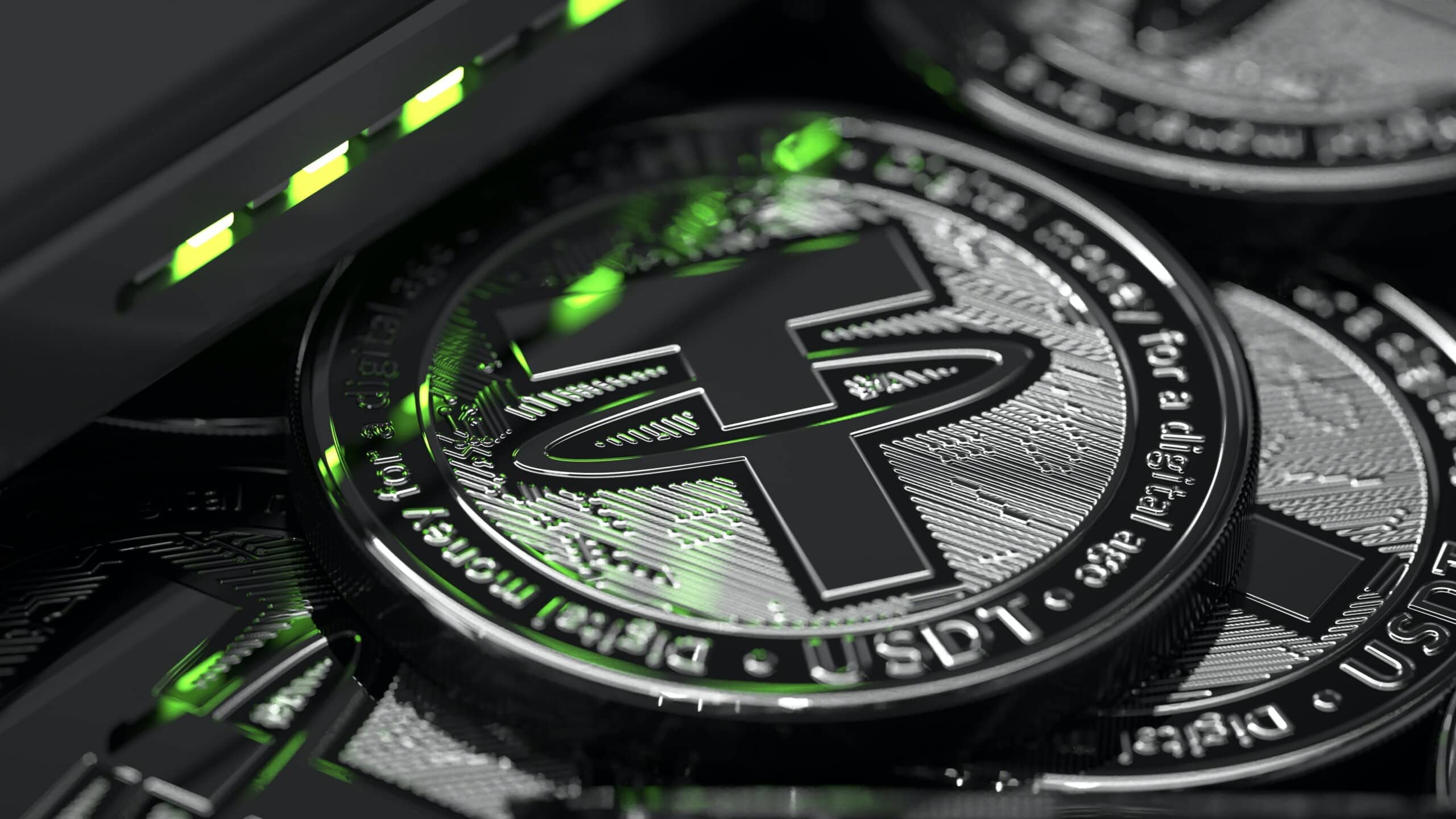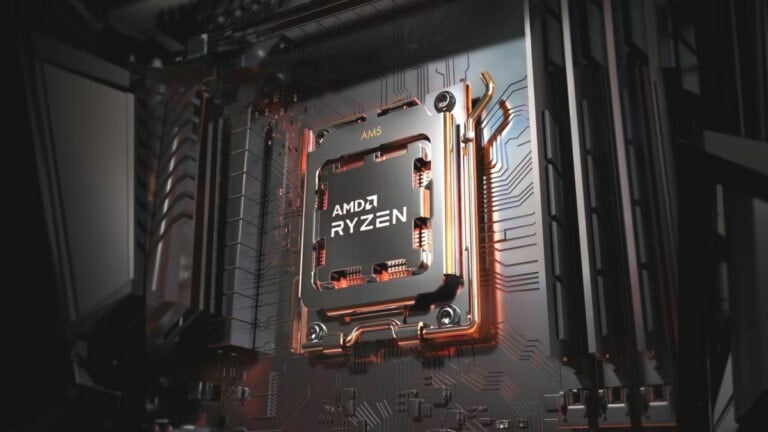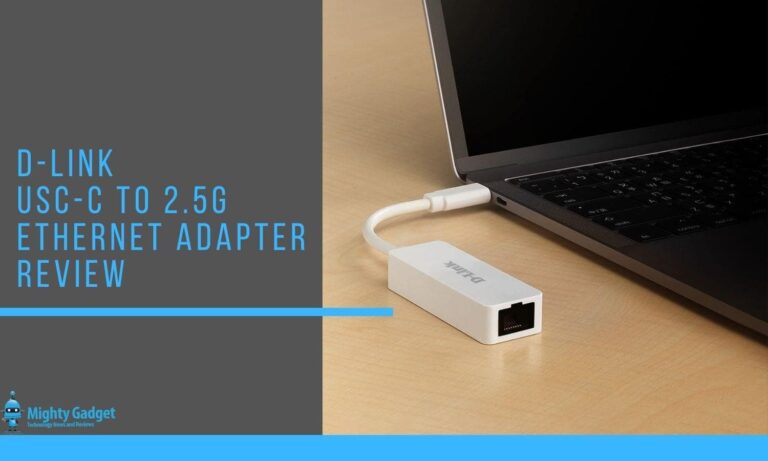Any links to online stores should be assumed to be affiliates. The company or PR agency provides all or most review samples. They have no control over my content, and I provide my honest opinion.
Introduction
Stablecoins are cryptocurrencies whose value is tied to a stable asset, often fiat currency. The three most popular stablecoins are Tether (USDT), USD Coin (USDC), and Binance USD (BUSD). Stablecoins provide for faster, cheaper, and safer transactions without the drawbacks of traditional banking, such as geographic limits and a lack of financial services over the holidays.
Stablecoin is a sort of cryptocurrency that is more stable and less volatile than its more well-known counterparts, such as Ethereum and Bitcoin, implying more potential for safer investments.
Which stablecoin, though, should you invest in? What is the difference between stablecoin and fiat currencies? You’ll discover all there is to know about stablecoin suppliers and how they differ from one another in the sections below.
What is USDT?
Tether (USDT) is a stablecoin that is tied to the US dollar at a 1:1 exchange rate. As a result, one USD equals one USDT. Buyers may spend, transfer, and exchange USDT just like any other fiat currency.
USDT was established to address the following challenges at the outset:
· Facilitate national currency transfers.
· Provide customers a method for checking
· Offer a more stable version of the volatile Bitcoin
Tether, the world’s third-largest cryptocurrency, is in the spotlight. Although there are some concerns about Tether’s $1 stability, there are several reasons to prefer the coin to traditional money, as outlined below.
What is USDC?
USDC is another stablecoin whose value is tied to the US dollar. It was developed to minimize the volatility of Bitcoin and other cryptocurrencies by speeding up funds transfer.
USDC, being an Ethereum token, may be saved in a blockchain-compatible wallet. USDC lets users benefit from higher rates when lending their stablecoins through various decentralized finance applications, in addition to simplifying transfers.
The popularity of the USD coin has risen dramatically in recent years.
What is BUSD?
BUSD was created by Binance and Paxos to facilitate transactions with three key characteristics: speed, flexibility, and accessibility.
Simply explained, Binance USD is a regulated and fiat-backed stablecoin with the same value as the US dollar. A single dollar is retained in reserve for every Binance USD purchased. The value of the stablecoin grows or decreases in tandem with the value of the dollar.
Holders of BUSD can convert their stablecoins to USD and vice versa. Binance USD is also available on three other blockchains: Binance Smart Chain, Ethereum, and Binance Chain.
As a result, BUSD holders can trade stablecoins between different blockchains as needed. We suggest you invest in BUSD and here you can find the easiest way to purchase busdt using credit/debit card.
USDC vs. USDT vs. BUSD: Differences
Blockchains
The blockchains of these stablecoins are one of the major distinctions between them. A blockchain is a method for recording transactions that uses an immutable cryptographic signature to remove or reduce the risk of the system being hacked or manipulated.
Having many blockchains provides a number of benefits, including transaction speed and usefulness. While USDT is limited to a single blockchain (Ethereum), USDC and BUSD both support several blockchains, allowing purchasers to trade and move between them.
Stability
Stablecoins maintain price stability by the collateralization of purchasing and selling the reference asset, however, they may vary slightly from their token price before returning to their original value. The stability of the USDT is now questionable as stablecoin fell to $ 0.95 after the crisis for 1 day. But now he is trading around $1.
Binance USD and USDC, meanwhile, are both constant at $1.
However, Tether’s assertion that it has sufficient dollar reserves has sparked debate, since analysts and investors believe it does not.
Stablecoin Supply and Volume
A stablecoin’s volume refers to the total number of trades that occur, whereas “liquidity” refers to the number of coins available for trading at the predetermined price, which in this example is $1. Typically, as the volume grows, so does the liquidity.
A high-volume stablecoin makes it easier for investors to exchange their coins.
As of June 07, 2022, the trading volume for USDT is 51 billion, which is higher than that of the other two currencies. USDC has a volume of 4.7 billion, and the Binance USD stablecoin has a market volume of 4.6 billion.
Which Stablecoin Should You Choose?
Despite the fact that USDT has a larger market size and volume, most economists may not consider it to be the greatest stablecoin. The cause for this lack of trust is the USDT’s lack of transparency and auditing.
The USDC and BUSD have a higher degree of transparency than the USDT. Furthermore, in terms of exchange rate and blockchain, they are equivalent to USDT. Thus, USDT is a better choice for those who desire a coin with more volume and liquidity, but USDC and BUSD are better if transparency is important.
Conclusion
USDC, USDT, and BUSD, which account for about 93 percent of the stablecoin market cap, are unquestionably the best options for investors looking to get into the stablecoin market. The choice is up to you.
I am James, a UK-based tech enthusiast and the Editor and Owner of Mighty Gadget, which I’ve proudly run since 2007. Passionate about all things technology, my expertise spans from computers and networking to mobile, wearables, and smart home devices.
As a fitness fanatic who loves running and cycling, I also have a keen interest in fitness-related technology, and I take every opportunity to cover this niche on my blog. My diverse interests allow me to bring a unique perspective to tech blogging, merging lifestyle, fitness, and the latest tech trends.
In my academic pursuits, I earned a BSc in Information Systems Design from UCLAN, before advancing my learning with a Master’s Degree in Computing. This advanced study also included Cisco CCNA accreditation, further demonstrating my commitment to understanding and staying ahead of the technology curve.
I’m proud to share that Vuelio has consistently ranked Mighty Gadget as one of the top technology blogs in the UK. With my dedication to technology and drive to share my insights, I aim to continue providing my readers with engaging and informative content.







